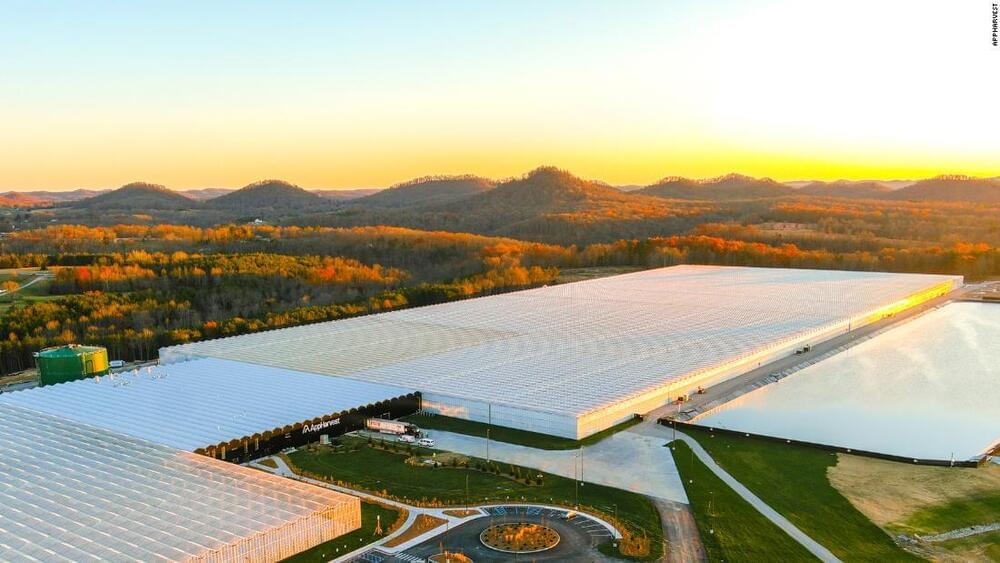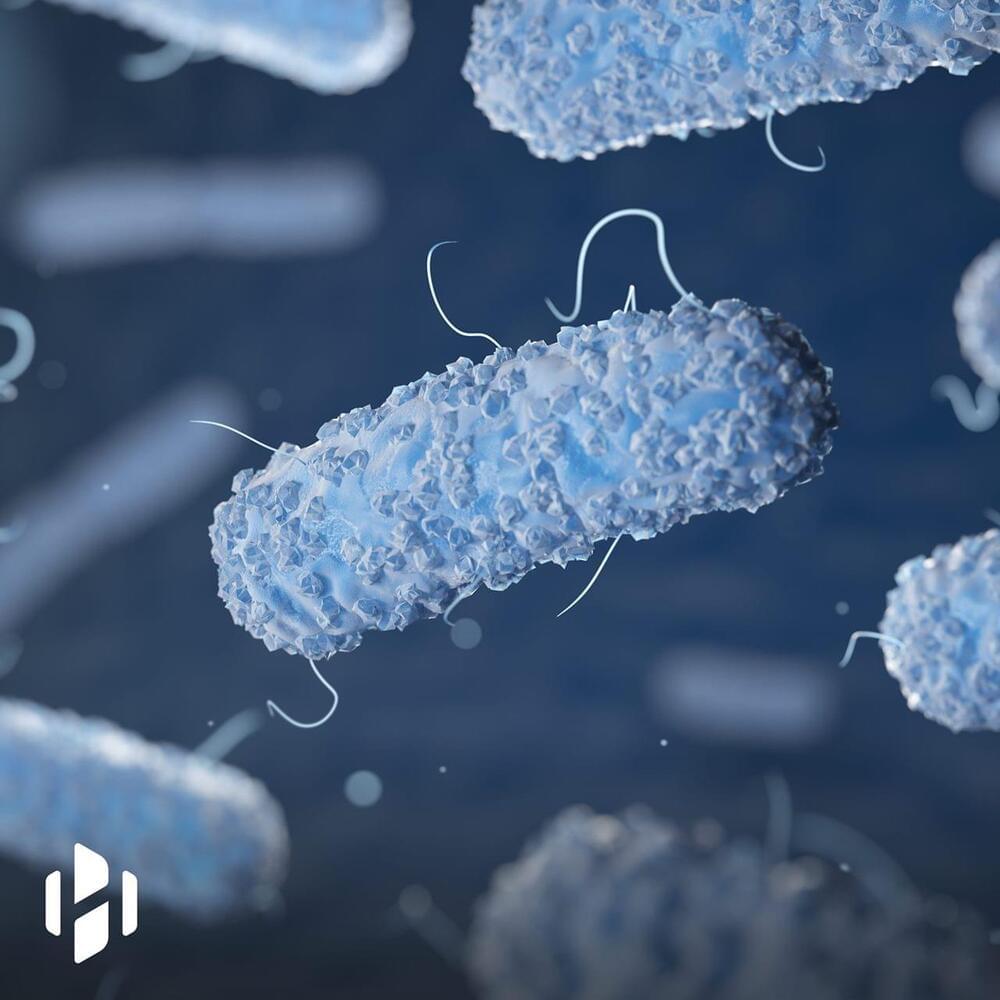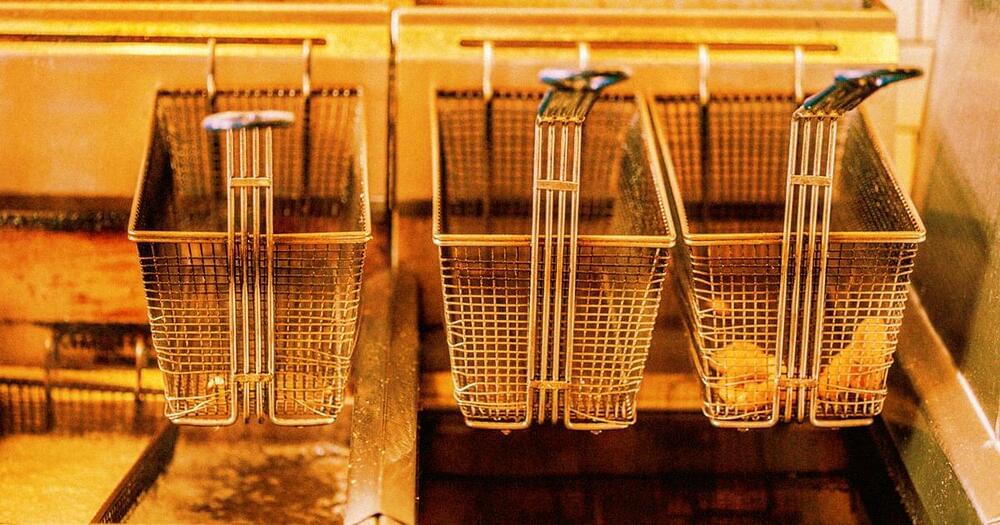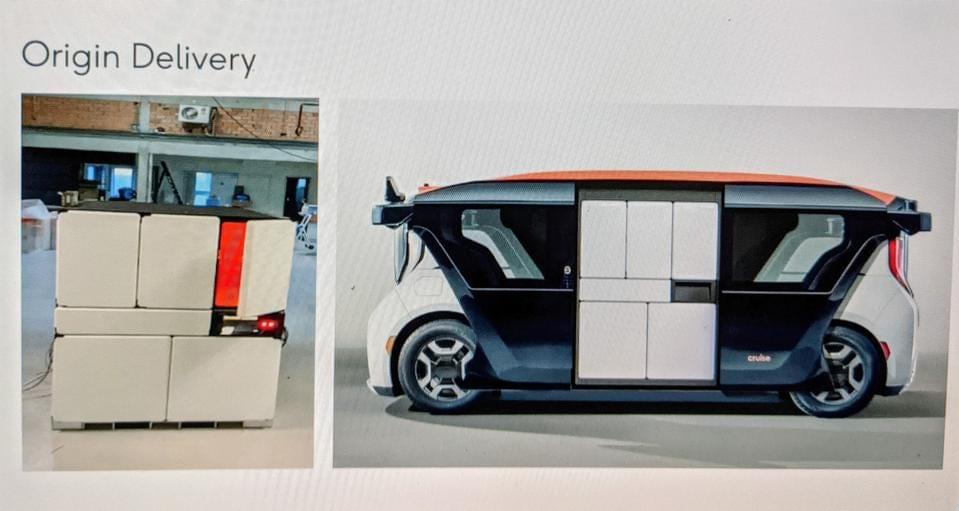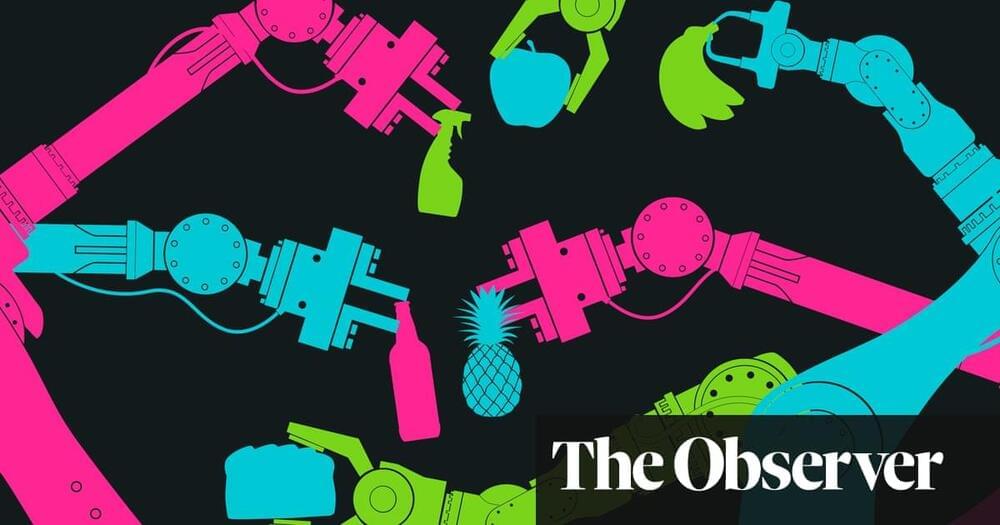Archive for the ‘food’ category: Page 135
Oct 9, 2021
Could the biggest greenhouse in the US be the future of farming?
Posted by Derick Lee in categories: food, robotics/AI, sustainability
As well as high-tech greenhouses, vertical farms, where food is grown indoors in vertically stacked beds without soil or natural light, are growing in popularity. NextOn operates a vertical farm in an abandoned tunnel beneath a mountain in South Korea. US company AeroFarms plans to build a 90,000-square-foot indoor vertical farm in Abu Dhabi, and Berlin-based Infarm has brought modular vertical farms directly to grocery stores, growing fresh produce in Tokyo stores.
AppHarvest says its greenhouse in Morehead, Kentucky, uses robotics and artificial intelligence to grow millions of tons of tomatoes, using 90% less water than in open fields.
Oct 9, 2021
AI Weekly: EU facial recognition ban highlights need for U.S. legislation
Posted by Gemechu Taye in categories: food, government, information science, law enforcement, privacy, robotics/AI, security, terrorism
This week, The European Parliament, the body responsible for adopting European Union (EU) legislation, passed a non-binding resolution calling for a ban on law enforcement use of facial recognition technology in public places. The resolution, which also proposes a moratorium on the deployment of predictive policing software, would restrict the use of remote biometric identification unless it’s to fight “serious” crime, such as kidnapping and terrorism.
The approach stands in contrast to that of U.S. agencies, which continue to embrace facial recognition even in light of studies showing the potential for ethnic, racial, and gender bias. A recent report from the U.S. Government Accountability Office found that 10 branches including the Departments of Agriculture, Commerce, Defense, and Homeland Security plan to expand their use of facial recognition between 2020 and 2023 as they implement as many as 17 different facial recognition systems.
Commercial face-analyzing systems have been critiqued by scholars and activists alike throughout the past decade, if not longer. The technology and techniques — everything from sepia-tinged film to low-contrast digital cameras — often favor lighter skin, encoding racial bias in algorithms. Indeed, independent benchmarks of vendors’ systems by the Gender Shades project and others have revealed that facial recognition technologies are susceptible to a range of prejudices exacerbated by misuse in the field. For example, a report from Georgetown Law’s Center on Privacy and Technology details how police feed facial recognition software flawed data, including composite sketches and pictures of celebrities who share physical features with suspects.
Oct 9, 2021
Researchers discover bacteria that can eat toxic metals from water
Posted by Jason Blain in category: food
Oct 8, 2021
What If We Pave Plastic Trash Into New Roads? | World Wide Waste
Posted by Raphael Ramos in categories: business, employment, finance, food, sustainability
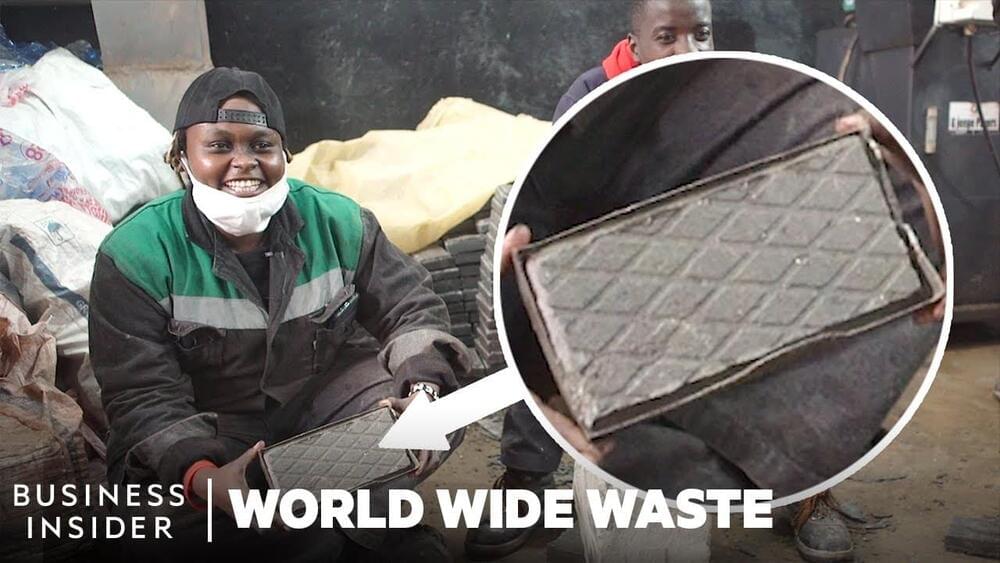
Turning plastic waste into roads.
Presented by BASF
Continue reading “What If We Pave Plastic Trash Into New Roads? | World Wide Waste” »
Oct 7, 2021
Fast Food Chain Can’t Find People to Hire, So It’s Sending Office Workers to Fry Food and Work Registers
Posted by Shane Hinshaw in category: food
Lmao 😆
Half of the chain’s office employees will be frying chicken fingers, working cash registers, and, of course, helping with recruiting.
However, it’s unclear if Raising Cane’s is also planning to raise its wages as well — something more and more US employers are resorting to as they face the reality that minimum wage just isn’t enough to survive in America.
Oct 7, 2021
Cruise CEO Shows Off Locker Module And Wheelchair Accessible Origin Robotaxi
Posted by Gemechu Taye in categories: biotech/medical, business, food
In January 2,020 at the event where General Motors automated driving division Cruise took the wraps off the Origin robotaxi, a slide briefly appeared in the presentation showing a version of the vehicle for package deliveries. Today during the General Motors investor day, Cruise CEO Dan Ammann provided more details about the company’s business model and revenue opportunities and showed both a delivery module and a wheelchair accessible version.
Cruise has been providing automated deliveries in partnership with Walmart WMT +0.7% in the Phoenix area since late 2020. Throughout much of last year during the worst early phases of the pandemic in the San Francisco area, Cruise vehicles were used to provide more than 50,000 food deliveries to medical personnel and those in need. Those efforts have all utilized the current test fleet of Chevrolet Bolts which are not optimized for goods delivery.
Oct 5, 2021
The Coming Age for Tech x Bio: The ‘Industrial Bio Complex’
Posted by Jose Ruben Rodriguez Fuentes in categories: biological, biotech/medical, food, health, robotics/AI

Driving this revolution has been a new breed and wave of founders and startups that merge the worlds of technology and bio — importantly, not just the old world of biotech (or a narrow definition of tech in bio as only “digital health”), but something much broader, bigger, and blending both worlds. In short, biology — enabled by technology — is eating the world. This has not only changed how we diagnose, treat, and manage disease, but has been changing the way we access, pay for, and deliver care in the healthcare system. It is now entering into manufacturing, food, and several other industries as well. Bio is becoming a part of everything.
This new era of industrialized bio — enabled by AI as well as an ongoing, foundational shift in biology from empirical science to more engineered approaches — will be the next industrial revolution in human history. And propelling it forward is an enormous new driving force, the novel coronavirus SARS-CoV-2, its ever-evolving strains, and the resulting COVID-19 disease pandemic and response — which I believe is analogous to our generation’s World War II (WW2). In other words: a massive global upheaval, but that later led to unprecedented innovation and significant new players.
Continue reading “The Coming Age for Tech x Bio: The ‘Industrial Bio Complex’” »
Oct 2, 2021
This could be the plant that sustains early Mars colonies
Posted by Atanas Atanasov in categories: food, space, sustainability
Martian soil needs a little bacteria to house plants.
The findings were detailed in a study published Wednesday in PLOS One.
The recent experiment is a crucial step in humanity’s vision of inhabiting a planet other than Earth, addressing the need to grow plants and crops to maintain a sustainable environment.
Continue reading “This could be the plant that sustains early Mars colonies” »
Oct 2, 2021
Robots: stealing our jobs or solving labour shortages?
Posted by Derick Lee in categories: biotech/medical, education, employment, food, robotics/AI
Designing a society that can adapt to the rise of artificial intelligence and allow everyone to thrive as these changes unfold is likely to be one of our most significant challenges in the coming years and decades. It will require an emphasis on retraining and education for those workers who can realistically undertake the necessary transition, as well as an improved safety net – and perhaps an entirely new social contract – for those who will inevitably be left behind.
From fast food to farming, Covid-19 has accelerated the rise of the worker robots. This in turn will put more jobs at risk and makes the need to reframe society ever more urgent.

